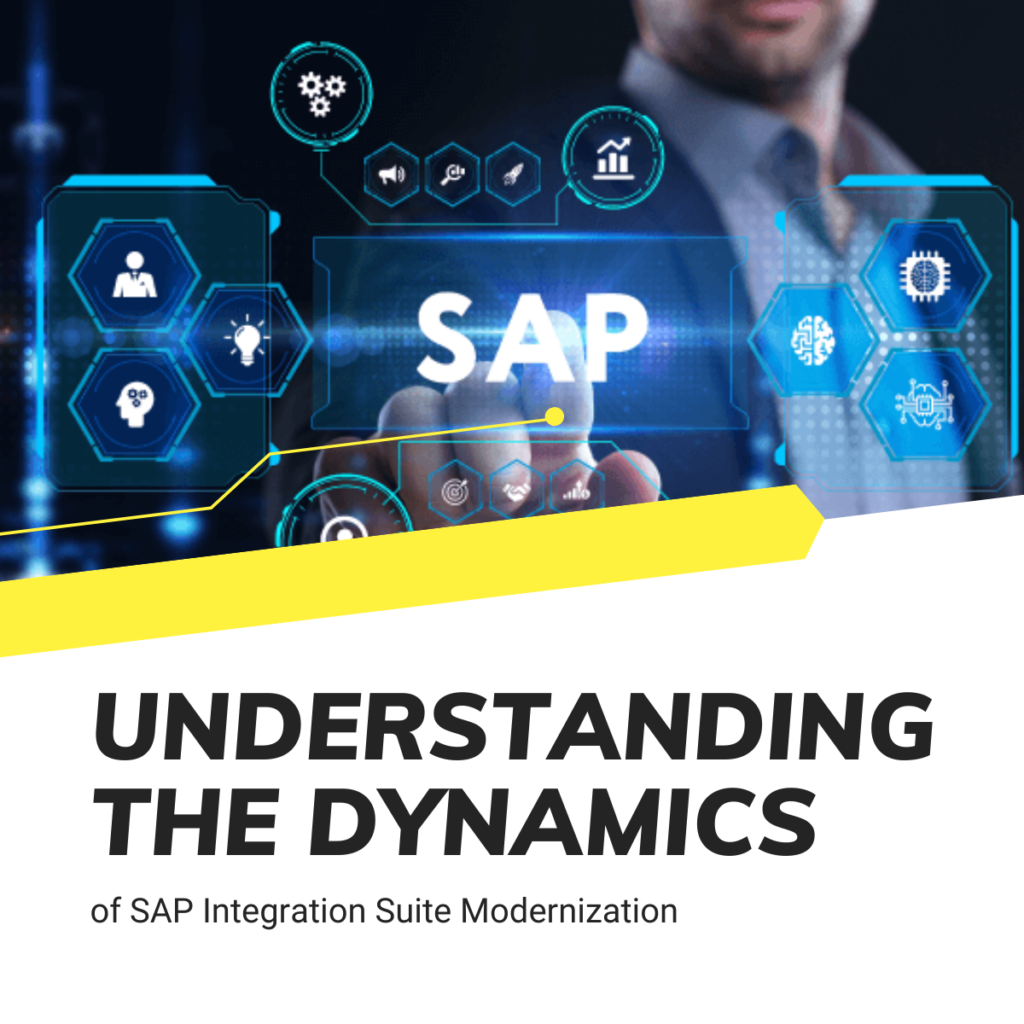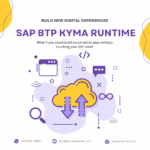
Modernizing SAP Integration Suite is not just a technical upgrade; it’s a strategic move that demands careful planning and execution. To understand how various project phases contribute to the overall effort, let’s delve into the factors that shape the time, resources, and focus required for successful modernization.
Breaking Down the Phases
Projects in SAP Integration Suite modernization typically involve several phases: Technical Interface Migration, Testing, Partner Communication, and Cutover. While general estimates exist, these percentages can vary widely depending on the specifics of the project. For instance, some studies suggest that testing alone might consume up to 60-65% of the effort, while others estimate it at around 25%. Why such a discrepancy? Let’s explore.
Scope: Who Does What?
The scope of the modernization effort is often a significant determinant of the percentage breakdown. When service integrators present their effort estimates, they may exclude elements like Functional Testing, User Acceptance Testing, or Partner Communication—tasks that typically fall under the client’s project management team. Including these additional layers of testing and communication can double the perceived effort, particularly in larger projects with complex requirements.
Key Insight: When evaluating project breakdowns, ask whether internal resources and partner coordination efforts are included in the estimates.
Migration Types: “Lift and Shift” vs. Modernization
The type of migration also plays a critical role in effort allocation. In a simple “lift and shift” scenario, the focus is on replicating existing functionality with minimal changes. This often results in lower development and testing efforts. However, if modernization involves incorporating new functionalities or optimizing processes, the development phase could account for a much larger percentage of the total effort.
Important Tip: Avoid approaching modernization as a simple lift and shift. Embrace opportunities to enhance processes and leverage advanced features for long-term value.
Size of the Integration Landscape
The number of interfaces in your SAP integration landscape can significantly affect project effort. Small landscapes (50-200 interfaces) may allow for manual processes, but as the landscape scales (500-5000 interfaces), automation and skilled resource allocation become essential.
Larger projects often come with additional complexities, such as coordination with multiple B2B partners. Organizations with greater influence over their partners might face fewer challenges, while smaller companies may encounter delays in communication and testing.
Key Insight: Align project strategies with the size and complexity of your integration landscape to ensure smoother execution.
Manual vs. Automated Testing
Testing is a crucial phase in SAP Integration Suite modernization. While smaller projects can rely on manual testing, automation becomes indispensable for larger initiatives. Automation tools such as SAP’s recommended testing solutions can accelerate testing by over 65%, ensuring thorough validation while saving time and resources.
Navigating Complexity for Better Outcomes
Ultimately, the percentage breakdown of project phases is influenced by several factors: scope, migration type, landscape size, and testing methodology. Understanding these dynamics helps businesses anticipate potential challenges and allocate resources effectively. Whether your testing effort is closer to 25% or 65%, aligning strategies with project specifics ensures a smoother modernization journey.
By addressing these considerations, organizations can move forward with confidence, knowing they have the insights needed to drive successful SAP Integration Suite modernization.











